Aquaculture is a good method of preserving food as well as different varieties of fish for human consumption. Making sure that your fish are healthy at all times is important because it boasts the nation's economic growth.
| What is aquaculture, and how does it differ from traditional fisheries? |
|---|
Aquaculture can be defined as the raising, breeding, and harvesting of fish and aquatic plants. It is talking about the grooming of fish until they are due for consumption by man.
HERE ARE THE DIFFERENCE BETWEEN AQUACULTURE AND TRADITIONAL FISHING.
Traditional fishing has to do with the harvesting of wild fish in different water bodies. While aquaculture involves the raising of aquatic life in a controlled environment.
Aquaculture has little negative impact on the environment compared to traditional fishing. While traditional is all about harvesting fishes which can be unhealthy and cause illness to consumers.
Aquaculture can be more sustainable than traditional fishing due to the use of resources to make the process more efficient and reduce wild fish.
There is more profit attached to traditional fishing than aquaculture because aquaculture is about raising fish, and traditional fishing is about harvesting mature ones.
Aquaculture can help strengthen the food security of a nation while traditional fishing does not do so.
| What are the benefits and drawbacks of aquaculture? |
|---|
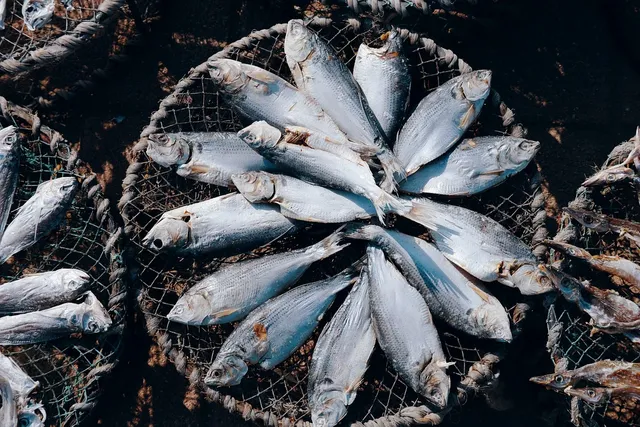
[Source](
Aquaculture has a lot of benefits to the nation and man, and here are its benefits.
ECONOMIC DEVELOPMENT
Aquaculture can help create jobs for people by making them self-employed and also improve the growth of the economy. It is also a means of distinguishing local economies by creating opportunities for trade and investment.
SUSTAINABILITY
Aquaculture is a means of reducing the pressure on wild fish populations that are under threat from population, climate change, and overfishing. This also helps to control climate by changing it rapidly in a systematic manner.
FOOD SECURITY
Aquaculture also helps to provide food with nutrients for the ever-increasing population of the World. Fishes, as we know, provide the body with the required amount of protein, omega-3 fatty acids, and other nutrients.
WATER PRESERVATION
Making sure we eat marine fish can save 250 to 350 cubic kilometers of water every year this will then be enough for the production of goods and services consumed by 250 million people.
ECOSYSTEM PRESERVATION.
Some types of aquaculture can aid in the preservation of the ecosystem and biodiversity. They can be wetlands and ponds.
Here are the drawbacks of aquaculture.
Aquaculture has a means of causing the spread of fish farms into native fish populations and also causing water pollution, depleting oxygen, and causing algal blooms. This act of aquaculture can also be hindered by the negative effects it causes to individuals who practice fisheries and also lead to genetic homogeneity and reduced fitness in the wild fish population.
Pests are also one of those things that lead to the drawback of aquaculture because sea lice can spread disease from fish farms to wild fish. The farm fish can decide to escape from their habitats to compete for food with the native fish.
| How does aquaculture contribute to global food security? |
|---|
There are many things that aquaculture can contribute to the global food security which are.
Aquaculture can serve as a means through which individuals can gain employment, either self-employed or employed; it also increases the nation's wealth, especially in rural and coastal communities.
Aquaculture helps in the production of affordable vitamins, nutritious, and micronutrients. Fishes are one of the most consumed living things by man because of proteins.
Aquaculture helps in improving the production of low-cost fish in local food supplies for the rich and poor to afford it.
- Aquaculture can aid reduced poverty and improve the nation's socio-economic system.
| What are the key factors influencing aquaculture production? |
|---|
The key factors that are influencing aquaculture production are.
The quality and quantity of the water are essential for aquaculture.
Temperature is also one of the factors that affect aquaculture production; the temperature of a fish should be between 20°C and 30°C. Cold water is usually less productive and more expensive.
A good water that has a dissolved oxygen level of less than 4 mg/l can also influence the development of aquaculture.
The species which are selected for cultivation is also an important factor in aquaculture.
The kind of vaccines and the supplier can likewise influence the survival of farmed fish.
Factors attached to the environment, like oxygen concentration, salinity, and photoperiod, influence the growth of fish.
The geographical area in which the farmer decides to cultivate his fish also matters a lot in aquaculture, factors like rain, sunlight, and winter.
I would like to invite @impersonal, @josepha, @bonaventure24, @anthony002, @john247, @aspiya, @precious9, @ahmneska and @dove11 to participate in this contest.
✓Thanks for reading my post
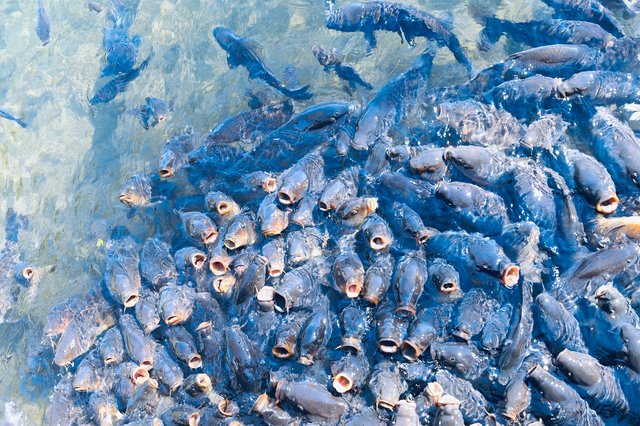
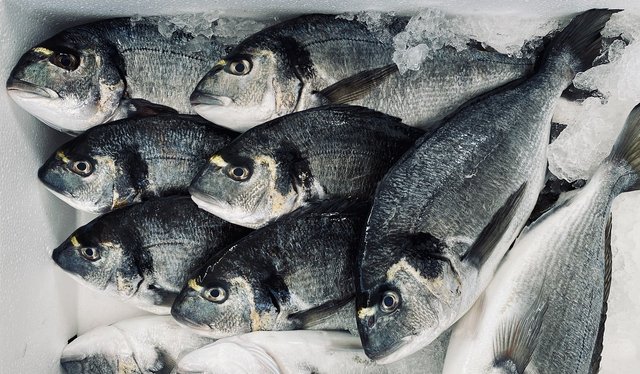
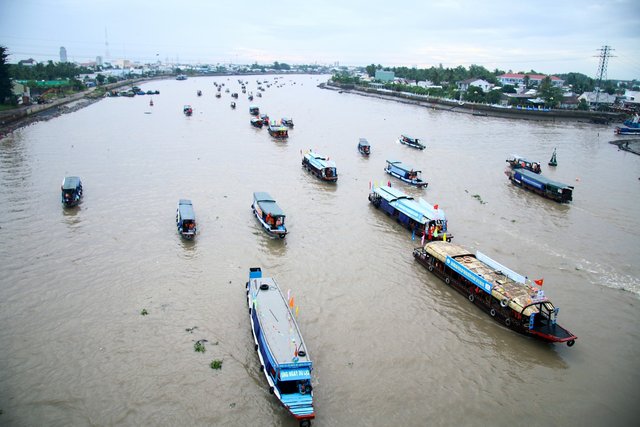
X share
https://x.com/emmazilla447/status/1859580239929549189?s=19
Downvoting a post can decrease pending rewards and make it less visible. Common reasons:
Submit
Welcome to steem-agro!
MODs Comment/Recommendation:
I bet ,this contest will serve as a meaningful and knowledgeable...
Aqua culture is very important in terms of agriculture. Thanks for sharing it with us.
Remember to always share your post on Twitter using these 3 main tags #steem #steemit $steem
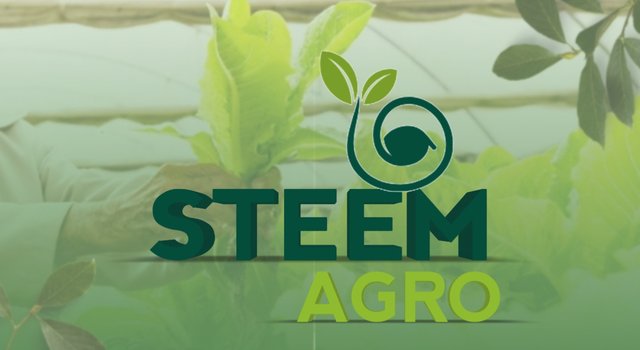
Downvoting a post can decrease pending rewards and make it less visible. Common reasons:
Submit